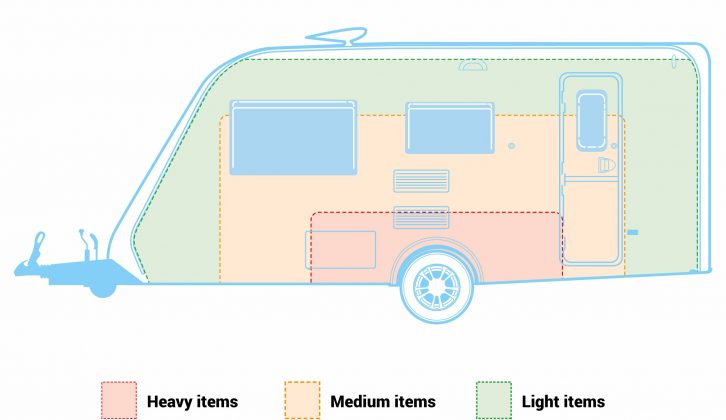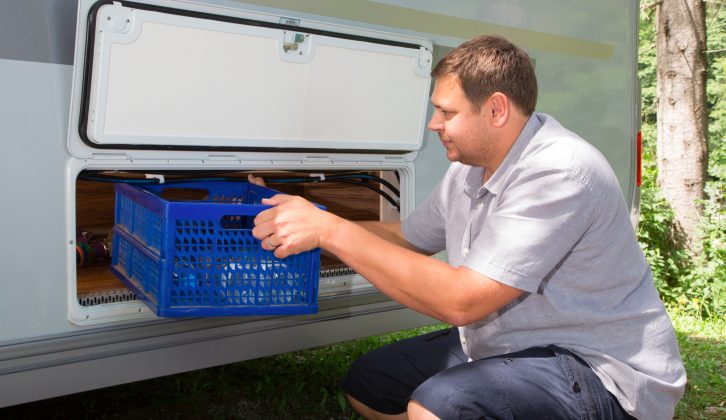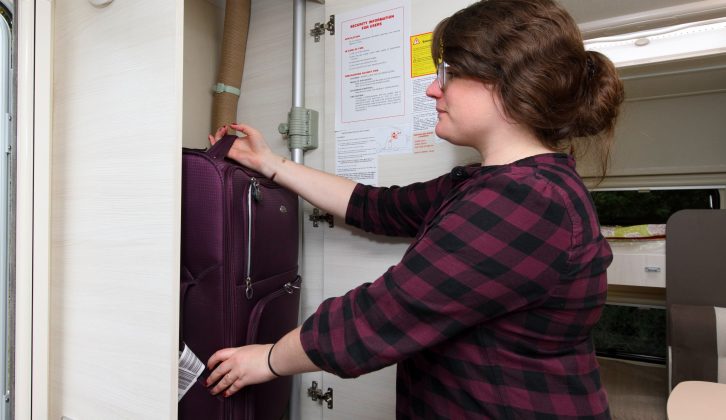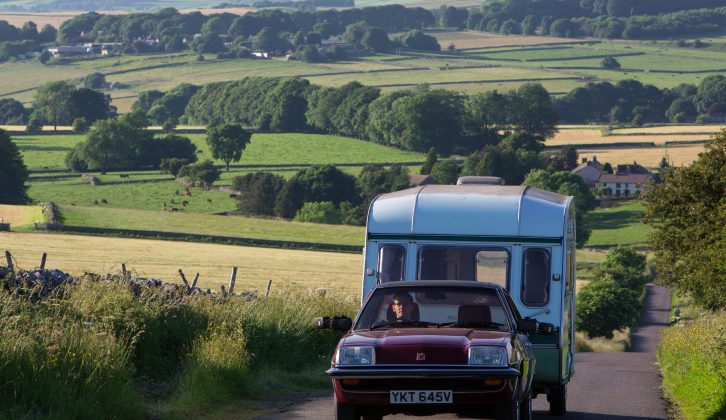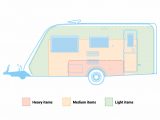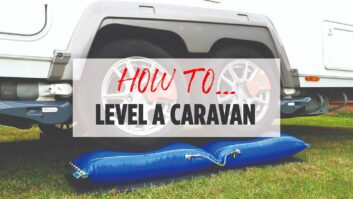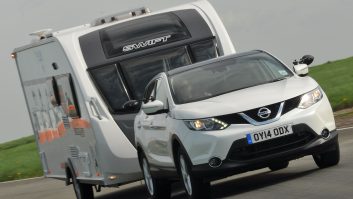I get more letters and emails on one subject than any other – “how much can I tow with my car?”.
Usually the query is from someone looking to buy a new caravan. Sometimes the question comes from someone who has already bought a new tourer, and wants to be sure they haven’t made an expensive mistake.
The short answer to these emails will relate to how much the car weighs, its legal towing limit and the maximum noseweight.
But there’s more to safe and stable loading than a few facts and figures and 30 seconds with a calculator.
Safety in numbers
You are probably familiar with the 85% ‘rule’. It’s not really a rule at all, which is why I prefer to refer to it as a guideline.
The advice – backed by the experts at both major caravanning clubs – is that newcomers to towing shouldn’t pull a caravan weighing more than 85% of the kerbweight of the towing vehicle (provided this figure is within the car’s legal maximum towing limit).
Both clubs consider it acceptable for a more experienced driver to tow a caravan weighing up to 100% of the car’s kerbweight, although the 85% guideline makes a good rule of thumb for any level of experience if you want stress-free and stable towing.
The trouble with the 85% guideline is that some see it as the be-all and end-all of safe towing.
A few years back I had an email from one reader who was so devoted to the 85% ‘rule’ that he carried weights in the passenger footwell of his car to make it heavier, as without them his caravan was an 86% match.
Watch your speed
Let’s be clear, a stable car and caravan combination comes about because of many different factors. The matching ratio is just one of them.
The stability systems fitted to the car and caravan, the condition of the tyres and their correct inflation, whether the caravan is a single- or twin-axle, the download on the towball, and the speed at which the outfit is driven are all important.
I was reminded of the importance of speed when I towed a 1982 Elddis Whirlwind GT behind a 1980 Vauxhall Cavalier a couple of summers ago. Perhaps I’d been spoilt by a diet of brand new cars and caravans with all the latest stability aids, but the Vauxhall felt a lot less secure at 60mph than I was used to.
Backing off to 55mph or so made the car and caravan so much more stable. That small 5mph difference didn’t mean a big delay in my journey, but it made the drive much safer and more enjoyable.
What to put where
What’s easy to forget when obsessing over matching ratios is that how a caravan is loaded matters – not just the actual weight.
A caravan loaded to 85% with every item of luggage stuffed under a fixed bed at the back of the van could very well be less stable than the same van loaded to 95% with heavy items kept close to the axle.
Heavy items should be kept in the car (provided the payload limit isn’t exceeded), close to the rear wheels (so push them as far forward as they will go when loading up, keeping lighter items near the tailgate). Or keep them secured in the van, over the wheels and on the floor.
Lighter items can be kept at either end of the van or in overhead lockers, but nothing heavy. Find out more in our video.
It’s easy to fall into the trap of thinking that abiding by the 85% guideline will make your car and caravan safe. But loading a caravan sensibly depends on how it is loaded as well as how heavily.
The trouble with the 85% guideline is that some see it as the be-all and end-all of safe towing
